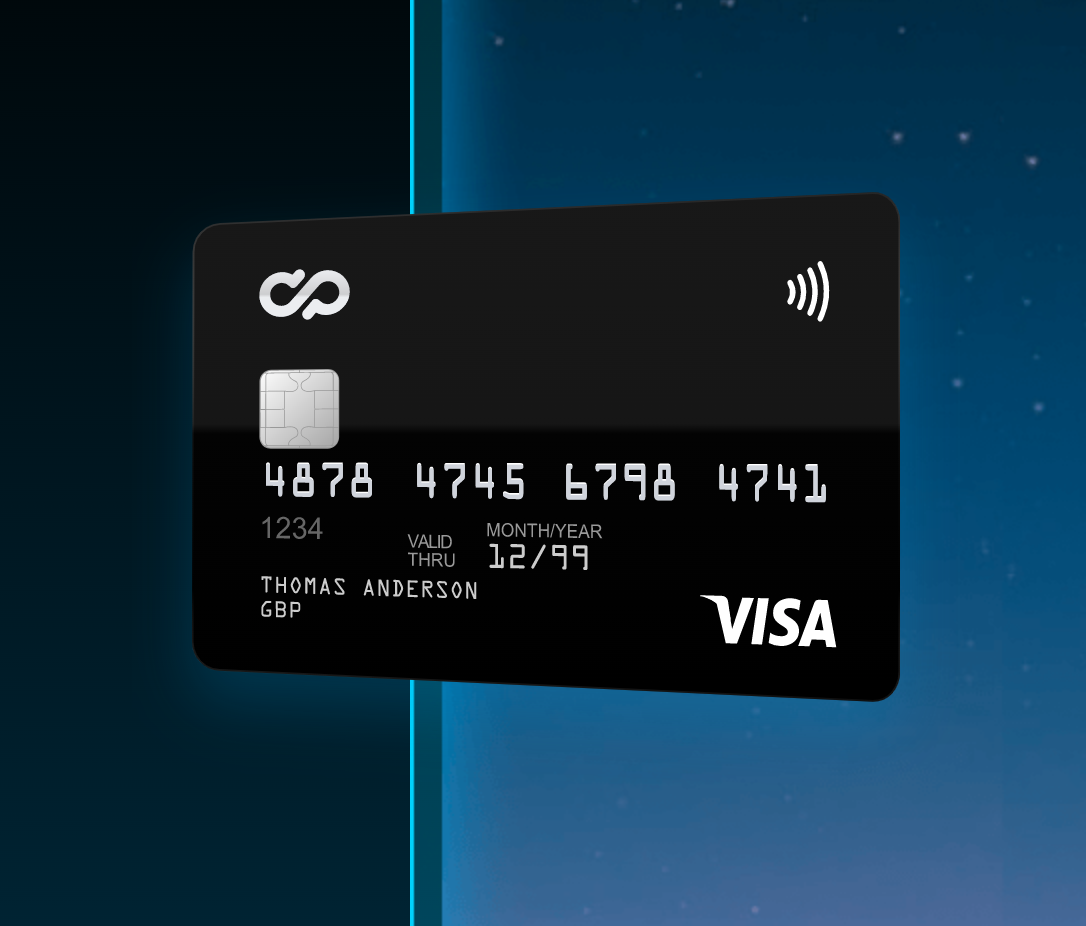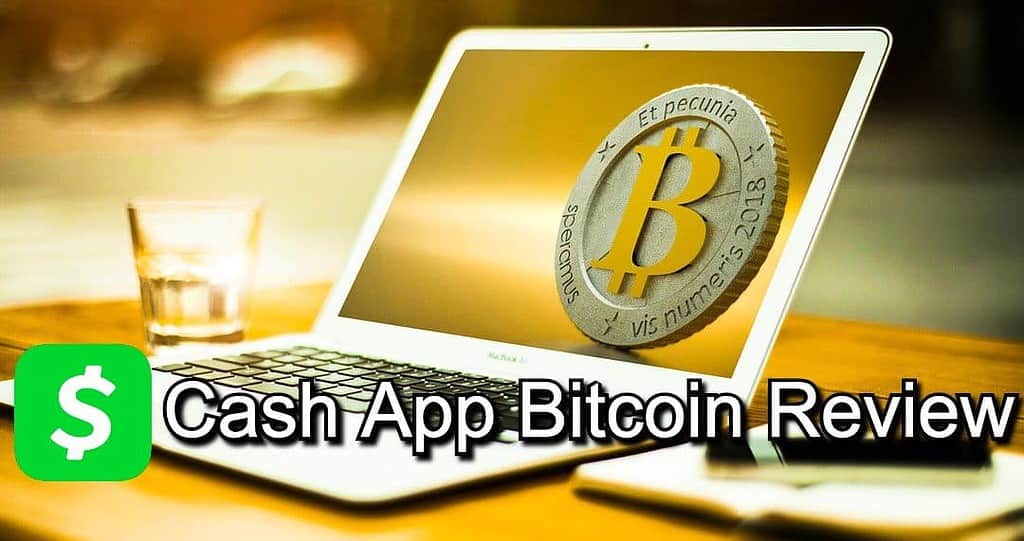
Therefore, we have put together a detailed review of BitPay, including but not limited to its history, its services, and its technological capabilities. The curiosity for some users to learn more about BitPay and its supposed ability to pull off this mammoth task remains completely understandable. However, many services have previously tried to launch such a solution for it to only end in a mix of deflated spirits and disappointing outcomes. The feature is convenient for those who really want their digital savings to not only be a high-value commodity but a liquid asset that could come in handy right when they want it, where they want it. The service now provides the BitPay Visa Card, a payment solution that allows users to pay with Bitcoin not just online but through thousands of physical locations and point of sale terminals as well as withdrawing cash directly through ATM. From Microsoft to Shopify and even to KFC, any famous company that wants to make its mark in terms of being innovative and open-minded for future technologies has used Bitpay’s services at one point or another.

Years later, BitPay is now synonymous with facilitating Bitcoin transactions. A sector that wanted to bring innovation to this new form of payment to the forefront without taking too many risks. The process worked as smoothly as it sounded, and with BitPay only charging a nominal fee for this facilitation, the service was welcomed with open arms through the technology sector. That line of thinking resulted in the birth of a simple service in 2011, where BitPay allowed the customers to pay for any services or products on participating vendors in Bitcoin, where it then converted the transacted amount in fiat for the vendor. They did so without any added cryptocurrency infrastructure at their end, keeping themselves safe from the ever-present fluctuation in the world of cryptocurrency. The service, called BitPay, started off with the notion of being a bridge between Bitcoin users and popular companies that wanted to entertain such individuals. This left a lot to be desired from this financial asset that was not accepted by any major or reputable vendor in the world.Īnd that is when one service came along that changed the future of Bitcoin and its current operations as we know them. Just like purchasing Bitcoin took hours and even days at a time – depending upon the mode of fiat deposit and the cryptocurrency exchange that one was using, converting purchased Bitcoin into fiat in case of a retail or financial emergency was not something that could be completed in minutes.

No one could readily exchange the funds they already had in Bitcoin to fiat and vice versa.

Switching from conventional currency to Bitcoin was not that easy. The possibilities were promising, but there was one big problem that kept these revolutionary ideas from reaching fruition. In addition, it meant economic freedom from otherwise high execution charges that have always been attributed with international or even large-scale local transfers. The move from conventional to digital transactions would have meant ease of use by cutting back repeated visits to the bank, higher accessibility with payment procedures being just a screen away. When Bitcoin was first introduced in 2009 with the concept of “digital cash”, it created waves among those who wanted everyday transactions to move to a futuristic system.


 0 kommentar(er)
0 kommentar(er)
